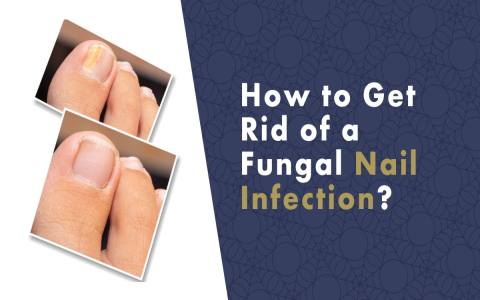Fighting the Fungal Invasion with Bleach: Is It Really Effective?
In your quest to keep your home free from unwelcome guests, fungi can be one of the most stubborn adversaries. Nestled in damp corners, clinging onto shower curtains, or even infiltrating your beloved kitchen wares, these microorganisms can persist where many cleaning agents fail. The age-old question surfaces among homeowners – can bleach put an end to this fungal invasion?
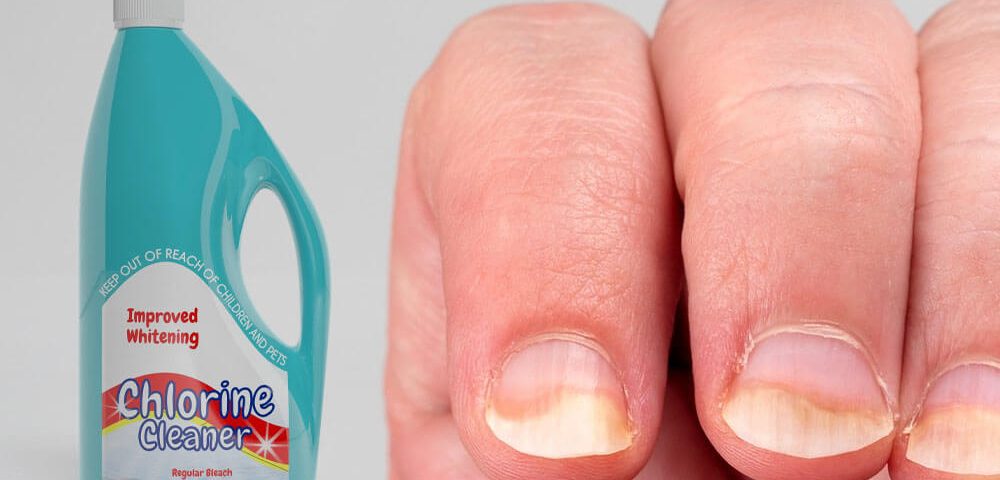
The Power of Bleach: A Deep Dive into Its Fungicidal Properties
Bleach, primarily sodium hypochlorite (NaOCl) when diluted with water, is renowned for its disinfecting qualities. At its core, bleach disinfects by disrupting microbial cell walls and altering proteins. This action essentially kills a wide array of pathogens, from bacteria to viruses. But what about fungi?
Fungi are complex organisms with cell walls made of chitin, a material bleach doesn’t degrade effectively on its own. However, bleach can target the lipid and protein components of fungal cells, leading to cell leakage, protein denaturation, and ultimately, fungal death.
How Bleach Works Against Fungi
When you use bleach, here’s what you should know:
-
Concentration Matters: A solution with a concentration of at least 5-6% sodium hypochlorite is recommended for anti-fungal purposes. Lower concentrations might not be potent enough.
-
Contact Time: Bleach needs adequate contact time to be effective against fungi. A minimum of 10 to 15 minutes of exposure is crucial.
-
Method of Application: Spraying or soaking surfaces allows the bleach solution to penetrate the fungal structures, enhancing its efficacy.
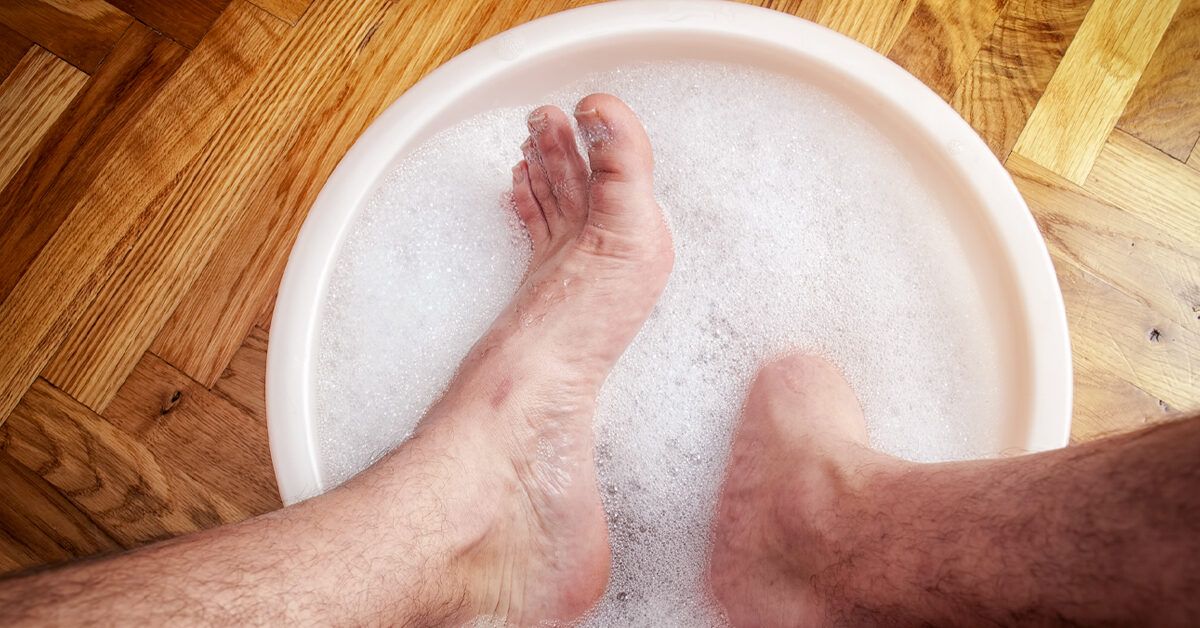
-
Safety Precautions: Bleach is a powerful substance; thus, wearing gloves, ensuring good ventilation, or even using a mask is advisable to avoid skin contact or inhalation.
Limitations of Bleach in Fungal Control
While bleach is useful, there are some caveats:
-
It’s Not a Cure-All: Bleach can kill fungi on hard, non-porous surfaces, but it might not penetrate deeply enough to address problems within walls or moist, hidden areas.
-
Potential Surface Damage: Using bleach on certain materials can lead to discoloration or degradation over time.
-
Odor: The potent smell of bleach can be an issue, especially in areas where lingering scents are a concern.
Alternatives and Complementary Methods
If you’re wary of using bleach, or if there are limitations to its use in your situation, consider:
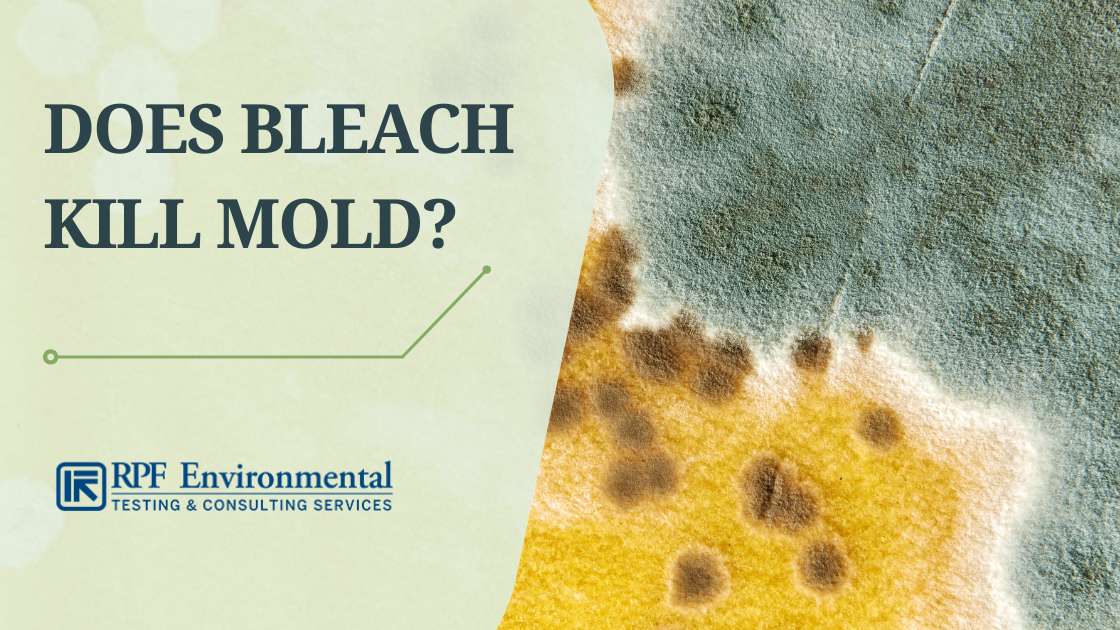
-
Vinegar: An eco-friendly substitute, though not as potent.
-
Hydrogen Peroxide: Offers a less harsh approach, effective when left in contact with fungi for at least 10 minutes.
-
Baking Soda: Useful in a paste form for scrubbing down affected areas.
-
Teatree Oil: Known for its innate anti-fungal properties, this oil can be diluted and applied or diffused for minor infestations.
Incorporating Bleach into Your Home’s Defense
To leverage bleach effectively without turning your home into a sterile, clinical environment:
-
Mix bleach in a well-ventilated area, always protecting yourself when handling strong chemicals.
-
Apply using a sponge or spray bottle, ensuring thorough coverage of the fungal-affected area.
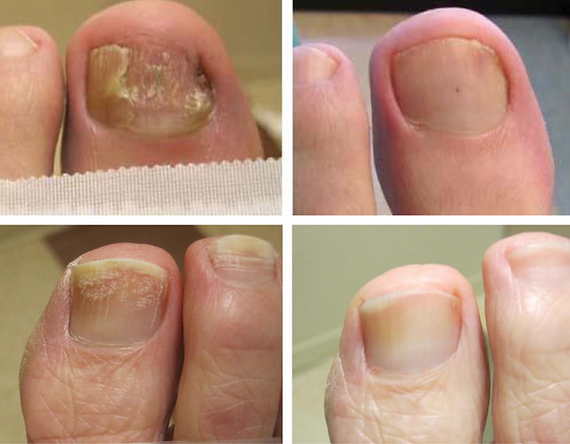
-
Let it sit, then rinse or wipe down. Avoid letting residual bleach solutions dry on the surface or permeate into fabrics, which could lead to staining or material degradation.
Taking a nuanced, informed approach to using bleach against fungi in your home ensures not only the elimination of these microbial invaders but also the preservation of your living environment. Remember, in the ongoing battle against fungi, integrating various methods and understanding the specifics behind each can fortify your home against these persistent organisms.
